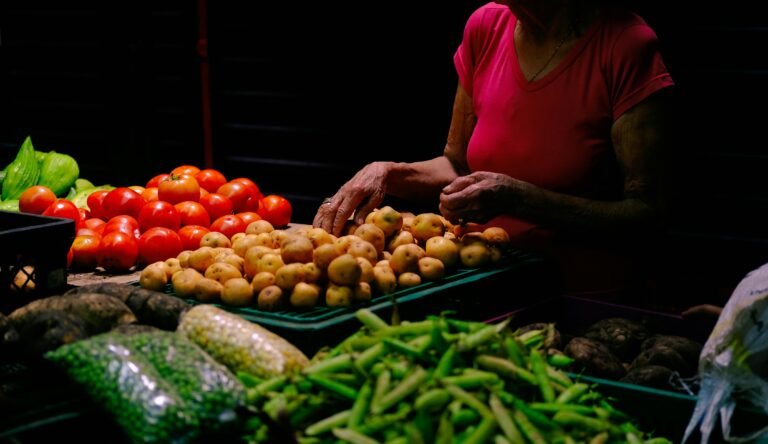Glycemic load, here is the formula
We know everything about the glycemic index by now, right? We know that it is that value that suggests the glycemic response (i.e. the impact on blood sugar) that a food based on carbohydrates (i.e. cereals, baked goods, sweets, sugar and the like, fruits and vegetables, legumes: they are excluded from the load of the glycemic index protein foods, pure fats such as oil or butter) will provide us after eating it. If the glycemic index of a food is high, the glycemic response of that food will be high and the chances of it making us fat will be greater, as well as the risk of developing insulin resistance over time.
One thing that many do not understand, however, is that the glycemic index is not an effective parameter if we do not consider the glycemic load of food. For example: a potato (boiled, 170 g) has a glycemic index of 85, therefore high.
Oh my God, so are potatoes fattening? Are they prohibited? No.
Because potatoes are also rich in water . In fact, the glycemic load of 170 grams of potatoes is only 28. The same amount of white rice is 33. So potatoes have a low glycemic load and in general also have fewer carbohydrates than pasta, bread or rice.
But how do you calculate the glycemic load? There is a formula.
First of all , you need to know the glycemic index of a food . Click here, choosing by alphabetical list.
Then you need to know the carbohydrates net of that food. Just google the name of the food + nutritional values.
For example, let’s say I want to know what the glycemic load of a 200g serving of pears is.
I search the glycemic index table for the value of fresh pear, which has a ig of 30.
Then I google “pear nutritional values”.
Net carbohydrates are equivalent to carbohydrates minus the grams of fiber: pear per 100 gr. has 10.
The glycemic load formula is as follows:
Glycemic load = IG / 100 x net carbohydrates in gr
in the case of pear (per 100 gr)
Glycemic load of pear: 30/100 x 10. The glycemic load of 100 grams of pear is 3. For 200 gr of pear it is 6.
How to you see, even if the glycemic index of the pear is 30 (therefore not very low), the pear has a lot of water, therefore its glycemic load remains low.
For foods that need to be cooked, such as legumes or pasta, net carbohydrates are considered to be raw and uncooked food.
What does this mean? That when a food has a high glycemic index, we consider how much we eat and we also consider its glycemic load, net of the carbohydrates actually present. Otherwise, if we had to think only in terms of the glycemic index, we would avoid many natural foods such as potatoes, bananas, figs, watermelon.





























+ There are no comments
Add yours